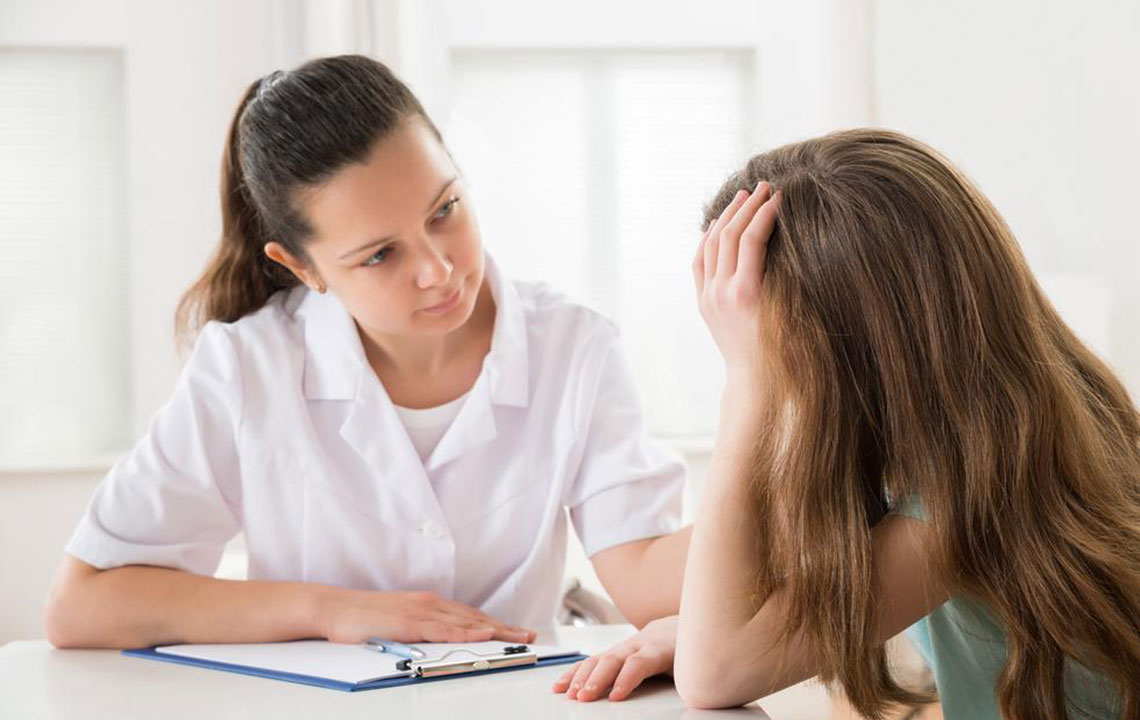Symptoms and Treatment Options for ADHD You Must Be Aware of

Attention Deficit Hyperactive Disorder (ADHD) is characterized by symptoms such as a combination of inactivity, hyperactivity, or impulsiveness. Around 8 million adults suffer from the problem of adult ADHD in the USA.
ADHD is a biological or genetic problem. The symptoms of ADHD mainly occur in childhood. Hyperactivity reduces in adulthood, however, impulsivity or inattentiveness many continue.
People in the USA, who have had ADHD as children, have higher chances of suffering from adult ADHD. Some people get it diagnosed and treated in time. Those who haven’t diagnosed ADHD know about it in the latter halves of their life.
Common symptoms of adult ADHD:
The common symptoms of ADHD include restlessness, less concentration, and poor organizing ability. Adults with ADHD in the USA find it difficult to listen to commands/instructions, follow directions, concentrate, memorize details, and accomplishing tasks on time and managing them. The symptoms of adult ADHD vary from mild to significant depending on levels of severity. These symptoms can cause trouble in normal life and cast severe impacts at work, home, or school.
Adults with ADHD in the USA suffer from anxiety disorders including bipolar disorder, depression, or psychiatric disorders. The comorbid disorders refer to the conditions when two or more of the problems mentioned above exist together. About 50% adults with ADHD in the USA suffer from anxiety disorders.
If an individual has ADHD, he/she is likely to face the below symptoms:
– Depression, chronic boredom
– Bad mood (mood swings) and short temper
– Lesser self-esteem and motivation
– Procrastination and forgetfulness
– Troubling relationships
The problems caused by ADHD aren’t alike for everyone. Some individuals may find it difficult to work in certain situations, while some hunt for simulation. Some adults with ADHD are highly antisocial while others could be pro-actively social. Adults with ADHD in the USA might even have poor grades, either dropped out or have an underachieving record in school.
How ADHD is diagnosed in adults:
The health professionals conduct an extensive medical evaluation to diagnose ADHD in adults. The doctors evaluate the mental-status checking, self-reported symptoms, and personal history of the patients. The health specialists also study symptoms such as impulsivity, inattention, and emotional stability to figure out the development. The complications due to comorbid psychiatric conditions make it difficult for the doctors to get an accurate diagnosis due to the combined symptoms. The doctor may ask certain questions, such as the following, during a consultation.
– Did you suffer from ADHD problems in childhood?
– Do you experience any mental problems that affect your behavior?
– Do you find it difficult to keep cool and have good mood?
– Do your friends and family members find behavioral changes in you?
– Do you encounter problems with hyperactivity or paying attention?
– Do ADHD problems occur at home and work?
Treatments available for ADHD:
Medications have proved as the best treatments for adults with ADHD in the USA. Medications, which are classified as stimulants or non-stimulants, give good results to cure ADHD. The adults can concentrate, pay attention, and control their emotions.
The comorbid anxiety disorders treatments are quite complex. The health specialists assess the areas of impairment such as (inattention, mood swings, and impulsivity) and then administer the best treatment to cure it.
Stimulant medications: The stimulant medications give better results for adults with ADHD. Some of the stimulant medications that are often prescribed include Focalin, Dexedrine, Adderall, Adderall XR, Ritalin, Metadate, Quillivant XR, Dexedrine, Amphetamine, and Dextroamphetamine. These stimulants, however, have some side effects. Stimulants are controlled substances; people can misuse them as addictive. Stimulants are short-acting medical drugs. Hence, their effect fades away quickly. Adults with ADHD in the USA who deal with forgetfulness need to remember to take medicines. This could prove a challenge to them. When people stop consuming stimulants, they can find it difficult to focus. Such people may use alcohol or other drugs to relax.
Non-stimulant medications: Non-stimulants such as Clonidine, Guanfacine, and Atomoxetine are some of the medications you can take. They can be taken individually or in combination with stimulants.
Therapies and behavioral treatments:
CBT: The cognitive behavior therapy (CBT) is an effective therapy for comorbid disorders. Usage of stimulant drugs must be prohibited for ADHD as it may worsen the anxiety disorders.
Stress management: Stress management and relaxation exercises reduce stress and anxiety and help in treating of ADHD gradually.
Organization skills: You can get consultations from psychiatrists and learn methods to organize works at home and offices. You can even get mentoring and seek support to improve relationships and improve performance at work.
Family awareness and therapy: This therapy helps you and your family to understand the problems related to ADHD in a better way. Families can learn new ways to support and assist the person who is affected by ADHD.
Get the right treatment which includes medical treatment and therapies along with family support to get rid of the problem. If you find yourselves engaged in disruptive jobs, quickly contact counselors and learn new ways to treat the ADHD problems.


